Home>Furniture>Outdoor Furniture>How To Protect Outdoor Furniture Cushions


Outdoor Furniture
How To Protect Outdoor Furniture Cushions
Modified: September 1, 2024
Learn effective ways to protect your outdoor furniture cushions from weather damage and keep them looking new for longer. Find tips for cleaning, covering, and storing your outdoor furniture.
(Many of the links in this article redirect to a specific reviewed product. Your purchase of these products through affiliate links helps to generate commission for Storables.com, at no extra cost. Learn more)
Introduction
Welcome to the world of outdoor living, where you can soak up the sun, enjoy the fresh air, and entertain guests in your backyard oasis. As you create your ideal outdoor space, investing in comfortable and stylish outdoor furniture is essential. One crucial aspect of maintaining your outdoor furniture is taking proper care of the cushions.
Outdoor furniture cushions not only add comfort to your seating, but they also enhance the overall aesthetic appeal of your outdoor living area. However, exposure to various weather elements can cause wear and tear on the cushions, compromising their quality and lifespan. To ensure that your outdoor furniture cushions remain in excellent condition for years to come, it’s crucial to protect them.
In this article, we will explore various tips and techniques to help you protect outdoor furniture cushions. From performing routine cleaning and maintenance to using protective covers and choosing durable materials, we’ve got you covered.
Key Takeaways:
- Protecting outdoor furniture cushions is essential for longevity. Regular cleaning, using protective covers, and choosing durable materials are key steps to maintain their quality and appearance.
- Avoiding direct sunlight, applying fabric protector, and regular inspection and repair are crucial for preserving outdoor furniture cushions. These measures ensure comfort and durability for years to come.
Read more: How To Store Cushions For Outdoor Furniture
Proper Cleaning and Maintenance
Regular cleaning and maintenance are essential to keep your outdoor furniture cushions looking their best and prolong their lifespan. Here are some steps to follow for proper cleaning and maintenance:
- Remove any loose debris: Before starting the cleaning process, use a brush or vacuum to remove any loose dirt, leaves, or debris from the cushions. This will prevent them from getting ground into the fabric during cleaning.
- Check the care instructions: Different types of fabrics require different cleaning methods. Refer to the care instructions provided by the manufacturer to determine the appropriate cleaning technique for your cushions.
- Spot cleaning: For minor stains or spills, spot cleaning is usually sufficient. Use a mild detergent diluted in water and gently scrub the affected area with a soft brush or sponge. Avoid using harsh chemicals or abrasive materials that could damage the fabric.
- Deep cleaning: If your cushions are heavily soiled or have stubborn stains, deep cleaning may be necessary. You can use a mixture of mild soap or detergent and warm water. Apply the solution to the cushions using a sponge or soft brush and scrub gently. Rinse thoroughly with clean water and allow the cushions to air dry completely.
- Protect against mold and mildew: Outdoor furniture cushions are prone to mold and mildew growth, especially in humid climates. To prevent this, regularly inspect your cushions for any signs of mold or mildew and address it promptly. If necessary, use a mildew remover specifically designed for outdoor fabrics.
- Avoid excessive moisture: Excessive moisture can lead to mold and mildew growth and cause the cushions to deteriorate faster. After rain or cleaning, make sure to thoroughly dry the cushions before placing them back on the furniture.
By following these cleaning and maintenance practices, you can keep your outdoor furniture cushions looking fresh and extend their lifespan.
Using Protective Covers
One of the most effective ways to protect your outdoor furniture cushions is by using protective covers. These covers act as a barrier, shielding the cushions from harsh weather conditions, UV rays, and dirt. Here’s why using protective covers is important:
- Weather protection: Protective covers are specifically designed to withstand different weather elements such as rain, snow, and sun. They help prevent water from seeping into the cushions, which can lead to mold and mildew growth. Additionally, they provide protection against UV rays, which can cause fading and deterioration of the fabric.
- Dust and dirt prevention: Outdoor environments are often prone to dust, dirt, and pollen. Protective covers keep your cushions clean by preventing these particles from settling on the fabric. This not only helps maintain the appearance of the cushions but also reduces the frequency of cleaning required.
- Easy to use and store: Most protective covers are designed for easy installation and removal. They come with convenient features such as tie-down straps, zippered closures, or elastic hems to ensure a secure fit. When not in use, the covers can be folded or stored in a compact manner.
- Variety of sizes and styles: Protective covers are available in a wide range of sizes and styles to accommodate different types of outdoor furniture and cushion sizes. Whether you have a standard-sized or custom-sized cushion, you can find a cover that fits perfectly.
When selecting protective covers, look for ones made from durable and waterproof materials such as polyester or vinyl. Opt for covers with UV protection to maintain the vibrant colors of your cushions. Additionally, make sure the covers have proper ventilation to prevent moisture buildup.
Remember to properly secure the covers to ensure they stay in place during strong winds or storms. Regularly inspect and clean the covers to prevent dirt and debris from accumulating on them.
Using protective covers is a simple yet effective way to safeguard your outdoor furniture cushions and extend their lifespan. They provide reliable protection against the elements and keep your cushions looking fresh and inviting.
Storing Cushions in Inclement Weather
When facing severe weather conditions, such as heavy rain, snowstorms, or hurricanes, it is advisable to store your outdoor furniture cushions indoors. Storing them properly during inclement weather will minimize the risk of damage and maximize their longevity. Here are some tips for storing cushions:
- Remove the cushions: Take the cushions off the outdoor furniture and bring them indoors. Leaving them outside during severe weather can result in water damage, mold growth, and even complete deterioration.
- Clean and dry the cushions: Before storing the cushions, make sure they are clean and completely dry. Any moisture trapped in the fabric can lead to mold and mildew growth. Follow the proper cleaning and drying methods mentioned earlier to ensure the cushions are in optimal condition.
- Choose a dry and protected location: Find a suitable spot indoors to store the cushions. Ideally, it should be a dry and protected area, such as a basement, garage, or storage room. Avoid areas where the temperature is too high or fluctuates significantly, as extreme temperatures can damage the cushions.
- Use storage bins or bags: To keep the cushions organized and protected, place them in storage bins or bags. Opt for containers that are waterproof and provide adequate ventilation. This will prevent moisture buildup and allow the cushions to breathe.
- Elevate the cushions: When storing the cushions, it is recommended to elevate them slightly off the ground. This helps to prevent any potential moisture from seeping into the bottom of the containers or bags.
- Avoid stacking heavy objects on top: Be cautious not to place heavy objects or stack other items on top of the stored cushions. Excessive weight can cause them to lose their shape or become damaged.
Remember to periodically check on the stored cushions to ensure they remain in good condition. If you notice any signs of mold, mildew, or damage, address the issue immediately.
By storing your outdoor furniture cushions properly during inclement weather, you are taking proactive measures to protect them from potential damage. This will help maintain their quality and extend their lifespan, ensuring many more seasons of comfort and enjoyment.
Avoiding Direct Sunlight
While we often enjoy basking in the warmth of the sun, prolonged exposure to direct sunlight can be detrimental to your outdoor furniture cushions. The ultraviolet (UV) rays from the sun can cause fading, discoloration, and even degradation of the fabric over time. To prevent these issues and preserve the appearance of your cushions, it’s important to take measures to avoid direct sunlight. Here’s what you can do:
- Position your furniture strategically: When arranging your outdoor furniture, consider the placement in relation to the sun’s path. Position your furniture in shaded areas, such as under trees, awnings, or umbrellas, to provide natural protection from direct sunlight. This will help shield the cushions and reduce their exposure to harmful UV rays.
- Use umbrellas or shade sails: If your outdoor space lacks natural shade, consider using umbrellas or shade sails to create a canopy over your furniture. These shading options will provide a barrier between the sun and your cushions, helping to minimize direct sun exposure.
- Utilize patio covers or pergolas: Installing a patio cover or pergola is a more permanent solution for shade. These structures offer a shaded area where you can place your furniture, providing continuous protection from the sun. Choose materials that are resistant to UV rays for optimal shade and longevity.
- Invest in UV-protected cushions: When purchasing outdoor furniture cushions, look for ones that are specifically designed to be UV-resistant or have a UV-protective coating. These cushions are made with materials that can withstand prolonged sun exposure without fading or deteriorating.
- Rotate and flip cushions: To ensure even wear and sun exposure, periodically rotate and flip your cushions. This will help distribute the effects of the sun more evenly and extend the lifespan of your cushions.
- Consider shade solutions for storage: If you need to store your outdoor furniture cushions when not in use, choose a storage location that is shaded or protected from direct sunlight. This will further minimize UV exposure and reduce the chances of fading or discoloration.
By taking steps to avoid direct sunlight, you can significantly prolong the lifespan and appearance of your outdoor furniture cushions. Implementing these measures will help keep your cushions looking vibrant and fresh, allowing you to enjoy your outdoor living space for years to come.
To protect outdoor furniture cushions, consider using waterproof covers when not in use, and regularly clean and treat the cushions with a fabric protector to repel water and stains.
Applying Fabric Protector
To provide an extra layer of protection for your outdoor furniture cushions, consider applying a fabric protector. Fabric protectors are designed to create a barrier that repels liquids, dirt, and stains, helping to extend the life of your cushions. Here’s how you can apply fabric protector to your outdoor furniture cushions:
- Clean the cushions: Before applying the fabric protector, ensure that your cushions are clean and dry. Follow the proper cleaning methods mentioned earlier to remove any dirt, stains, or debris from the fabric surface. Allow the cushions to fully dry before proceeding.
- Choose the right fabric protector: There are various fabric protectors available on the market, so choose one that is suitable for outdoor fabrics. Look for a product that is specifically designed for outdoor use and offers UV protection.
- Read and follow the instructions: Before applying the fabric protector, carefully read and follow the manufacturer’s instructions. These guidelines will provide you with important information regarding the application process, drying time, and any precautions you need to take.
- Test the fabric protector: Prior to applying the fabric protector to the entire cushion, it’s best to perform a spot test on a small, inconspicuous area of the fabric. This will help ensure that the fabric protector does not cause any discoloration or damage. Wait for the test spot to dry and observe the results.
- Apply the fabric protector: Once the spot test is successful, proceed to apply the fabric protector to the entire cushion. Follow the instructions provided with the product, ensuring that you cover the entire surface evenly. Pay special attention to any seams or crevices where liquid or stains might penetrate.
- Allow proper drying time: After applying the fabric protector, allow the cushions to dry completely. This may take several hours or overnight, depending on the product. Make sure to keep the cushions in a well-ventilated area during the drying process.
- Reapply as necessary: Over time and with regular use, the effectiveness of the fabric protector may diminish. Therefore, it’s recommended to reapply the fabric protector annually or as needed. This will help maintain its protective properties and keep your cushions in top condition.
By applying a fabric protector to your outdoor furniture cushions, you add an extra layer of defense against spills, stains, and general wear and tear. With regular application and proper maintenance, your cushions will remain more resistant to dirt and liquid absorption, helping them stay cleaner and last longer.
Choosing Durable and Weather-Resistant Materials
When selecting outdoor furniture cushions, it’s essential to choose materials that are durable and weather-resistant. This will ensure that your cushions can withstand various weather conditions and maintain their quality over time. Here are some tips for choosing the right materials:
- UV-resistant fabrics: Look for fabrics that are specifically designed to be UV-resistant. These materials are treated to withstand exposure to sunlight without fading or deteriorating. Examples of UV-resistant fabrics include solution-dyed acrylic, polyester, or olefin.
- Water-repellent or waterproof fabrics: Outdoor furniture cushions should also be made from water-repellent or waterproof fabrics. These materials are woven in a way that prevents water from penetrating the cushion, minimizing the risk of mold and mildew growth. Examples of water-resistant materials include Sunbrella fabric or polyester with a water-resistant coating.
- Quick-drying cushions: Choose cushions that have a quick-drying feature. This allows them to dry faster after exposure to rain or cleaning, reducing the chances of moisture becoming trapped within the fabric.
- Durable stitching: Pay attention to the stitching of the cushions. Opt for cushions that have reinforced or double-stitched seams to ensure longevity and withstand the stress of repeated use and exposure to the elements.
- High-quality foam or padding: The foam or padding used in the cushions should be of high quality and able to withstand outdoor conditions. Look for cushions with quick-drying foam that is resistant to mildew and mold. High-grade foam will retain its shape and provide optimal comfort even after extended use.
- Colorfastness: Check if the fabric is colorfast, meaning it won’t fade or bleed when exposed to sunlight or cleaning. This is particularly important for vibrant or dark-colored cushions, as they are more susceptible to fading.
- Easy maintenance: Consider cushions that are easy to clean and maintain. Fabrics that are machine washable or have removable covers make it more convenient to keep your cushions looking fresh and clean.
By choosing outdoor furniture cushions made from durable and weather-resistant materials, you can ensure that they will withstand the rigors of outdoor use and maintain their visual appeal over time. These materials are specifically designed to resist fading, moisture absorption, and other common issues associated with outdoor exposure.
Regular Inspection and Repair
Regular inspection and repair are essential to keep your outdoor furniture cushions in optimal condition. By identifying and addressing any issues early on, you can prevent further damage and extend the lifespan of your cushions. Here are some tips for regular inspection and repair:
- Inspect for signs of wear: Periodically examine your cushions for any signs of wear and tear. Look for fraying seams, loose threads, or any areas where the fabric is thinning or showing signs of deterioration.
- Mend small damages: If you notice minor damages such as small tears or loose stitches, repair them promptly. Use a needle and thread to sew up tears or reinforce weak spots in the fabric. This will prevent the damage from worsening and extend the life of your cushions.
- Replace worn-out foam or padding: Over time, the foam or padding inside the cushions may start to flatten or lose its shape. If you notice sagging or lack of support, consider replacing the foam or padding with new, high-quality material. This will improve the comfort and longevity of your cushions.
- Address mold or mildew: If you discover any mold or mildew on your cushions during inspection, take immediate action. Clean the affected area using a solution of water and mildew remover or a mixture of water and vinegar. Allow the cushions to thoroughly dry before using or storing them.
- Remove stubborn stains: For stubborn stains that cannot be removed with regular cleaning, consider using a fabric stain remover or contacting a professional cleaning service. Always follow the instructions provided by the stain remover manufacturer and test it on a small, inconspicuous area of the fabric first.
- Replace irreparable cushions: If you find that a cushion is beyond repair due to extensive damage or deterioration, it may be time to replace it. Look for cushions that match the style and size of your existing set. Consider replacing all the cushions to maintain a cohesive look.
- Store cushions during prolonged periods of non-use: If you won’t be using your outdoor furniture for an extended period, such as during winter, it’s advisable to properly store the cushions indoors. This will protect them from harsh weather conditions and ensure they are in good condition when you’re ready to use them again.
By regularly inspecting your outdoor furniture cushions and addressing any issues promptly, you can prevent further damage and maintain their quality. Taking proactive measures to repair and maintain your cushions will ultimately prolong their lifespan, allowing you to enjoy your outdoor living space for years to come.
Conclusion
In conclusion, protecting your outdoor furniture cushions is crucial to ensure their longevity and maintain their aesthetic appeal. By following the tips outlined in this article, you can effectively safeguard your cushions and enhance their durability. From proper cleaning and maintenance to using protective covers and choosing weather-resistant materials, each step plays a significant role in prolonging the lifespan of your cushions.
Regular cleaning and maintenance help keep your cushions looking fresh and prevent dirt and stains from becoming embedded in the fabric. Using protective covers provides a barrier against harsh weather conditions, UV rays, and dust, extending the life of your cushions. Storing cushions indoors during inclement weather minimizes the risk of damage from extreme conditions.
Avoiding direct sunlight helps prevent fading and discoloration, ensuring that your cushions maintain their vibrant colors. Applying fabric protector adds an extra layer of protection against stains, spills, and general wear and tear. Choosing durable and weather-resistant materials ensures that your cushions can withstand the elements and retain their quality over time.
Regular inspection and repair allow you to address any issues promptly, preventing further damage and extending the life of your cushions. By taking proactive measures, you can ensure that your outdoor furniture cushions remain comfortable, attractive, and functional for years to come.
So, whether you’re entertaining guests, lounging by the pool, or simply enjoying a peaceful moment outdoors, remember to prioritize the protection and care of your outdoor furniture cushions. With the right maintenance and protective measures, you can create an inviting and long-lasting outdoor living space that you’ll enjoy for seasons to come.
Frequently Asked Questions about How To Protect Outdoor Furniture Cushions
Was this page helpful?
At Storables.com, we guarantee accurate and reliable information. Our content, validated by Expert Board Contributors, is crafted following stringent Editorial Policies. We're committed to providing you with well-researched, expert-backed insights for all your informational needs.
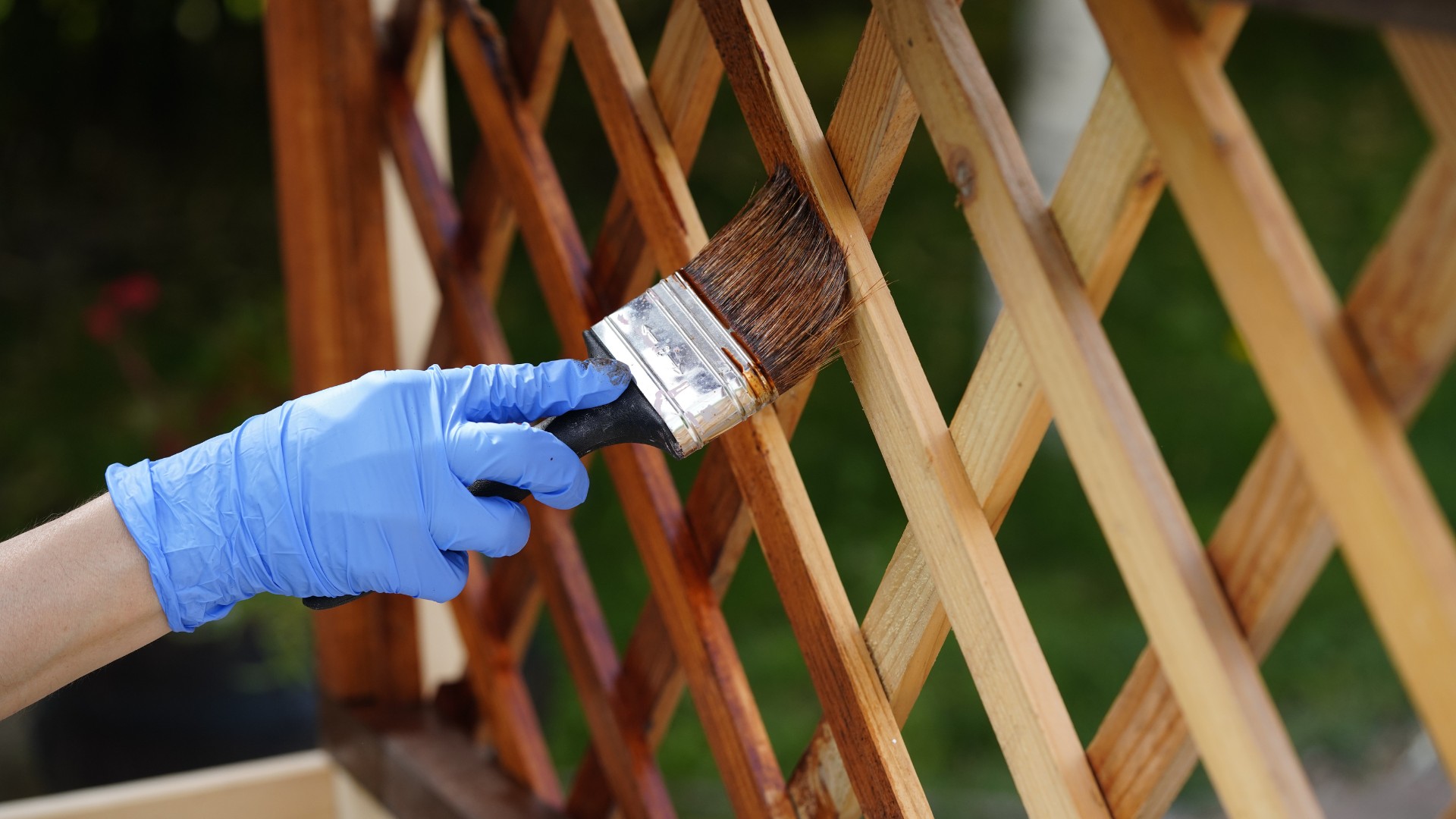
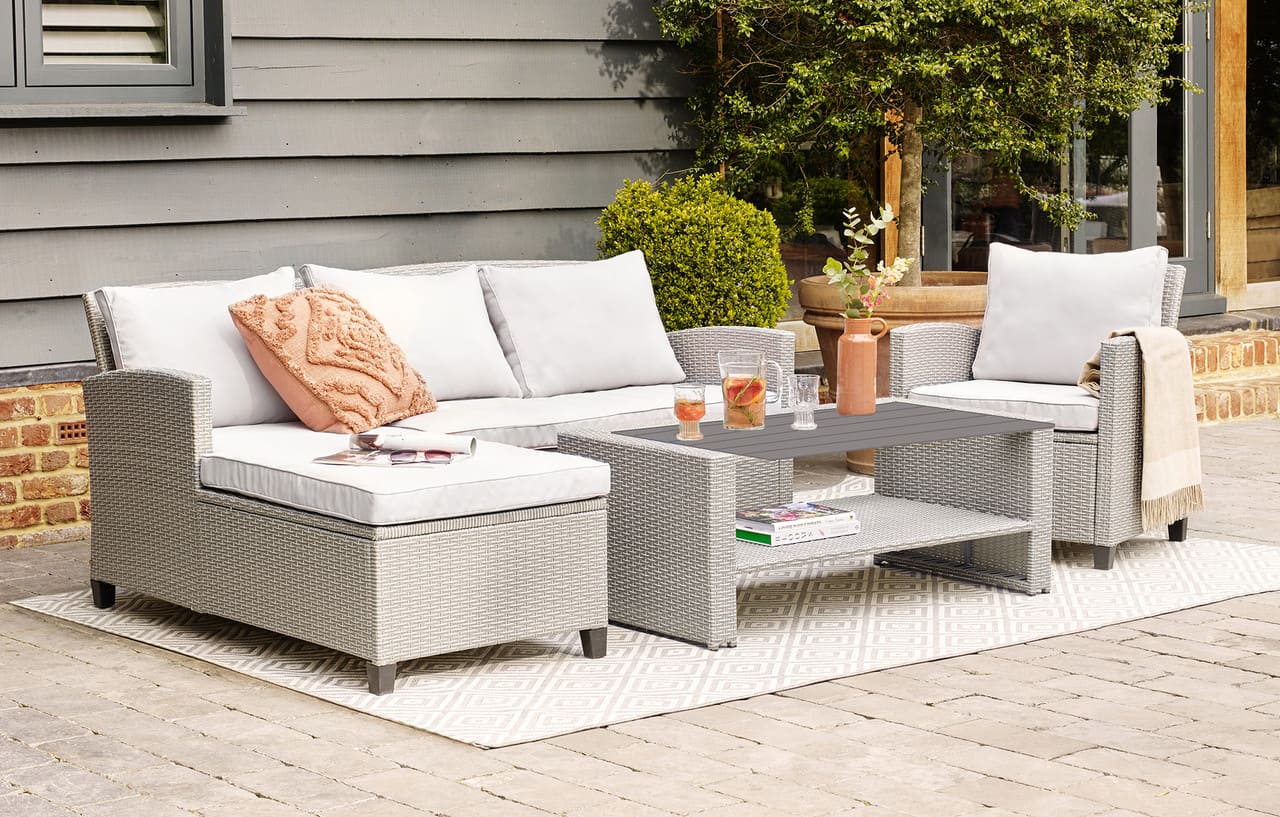
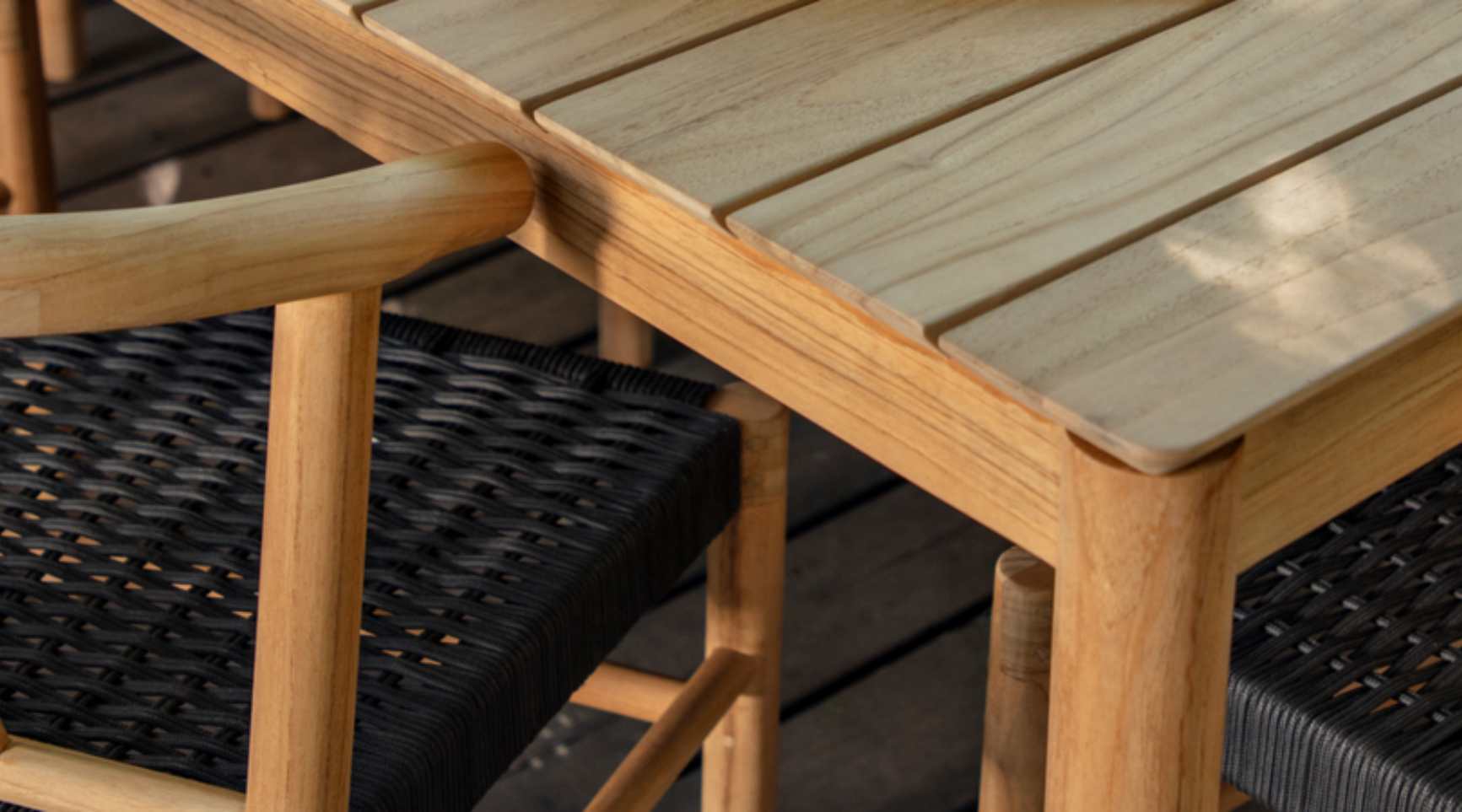
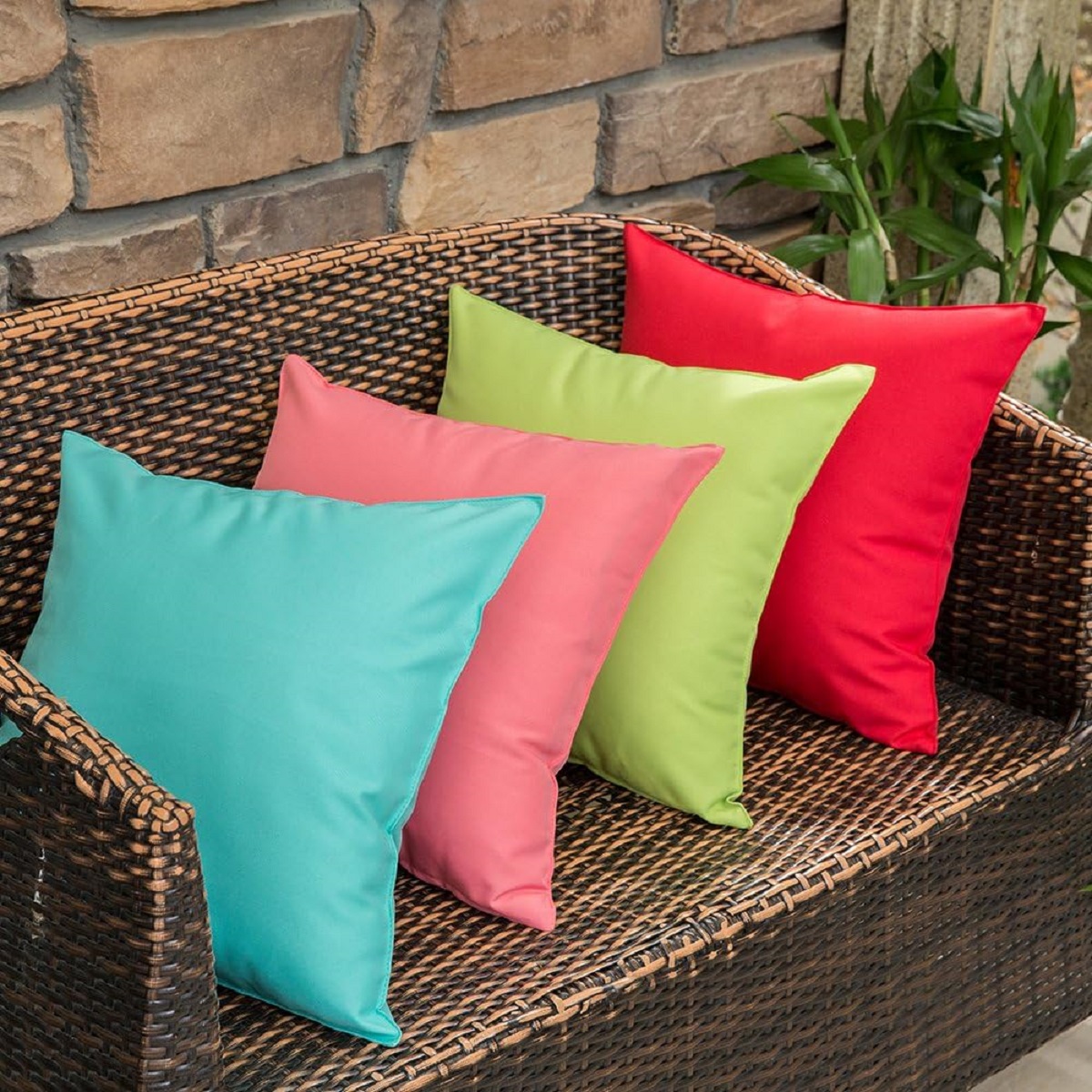
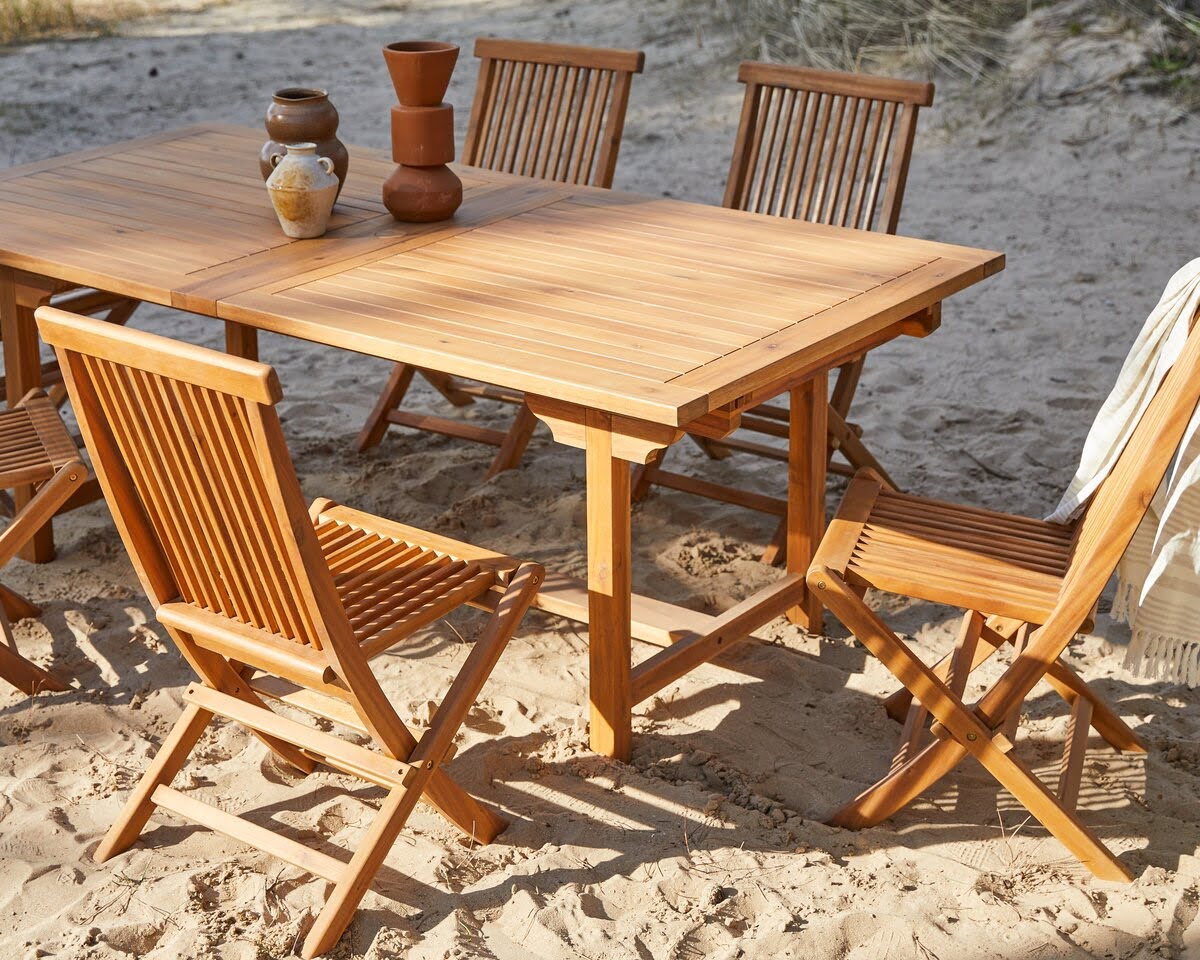

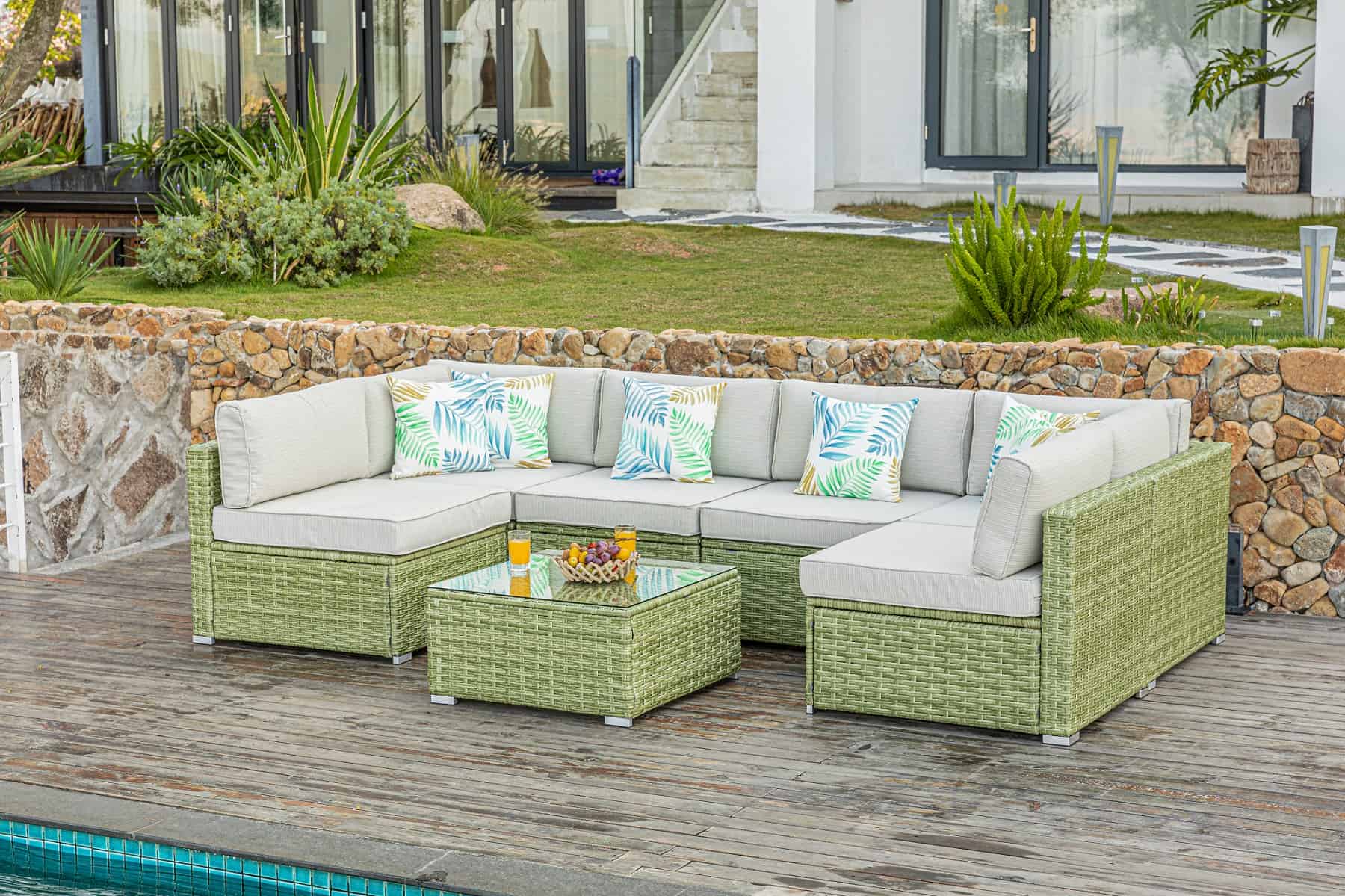
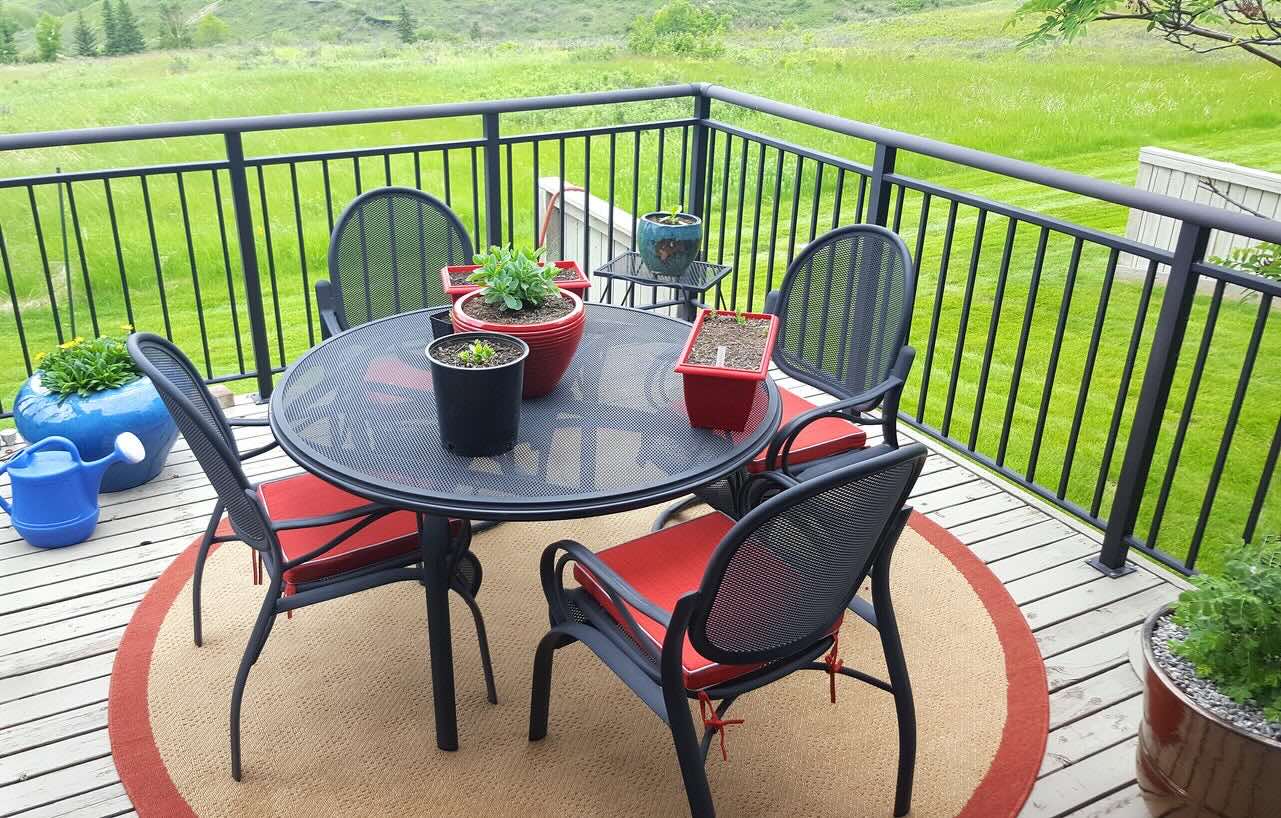
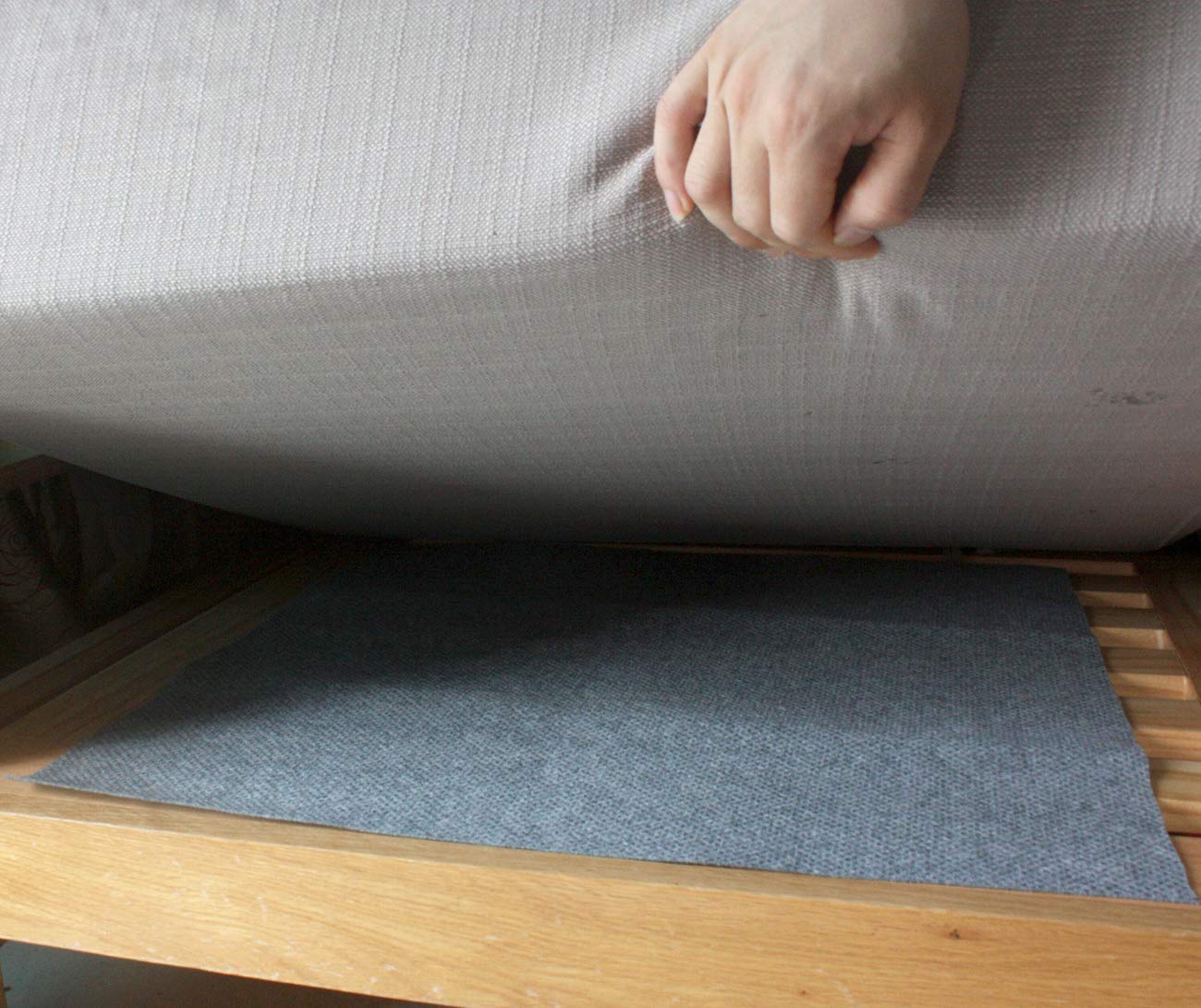

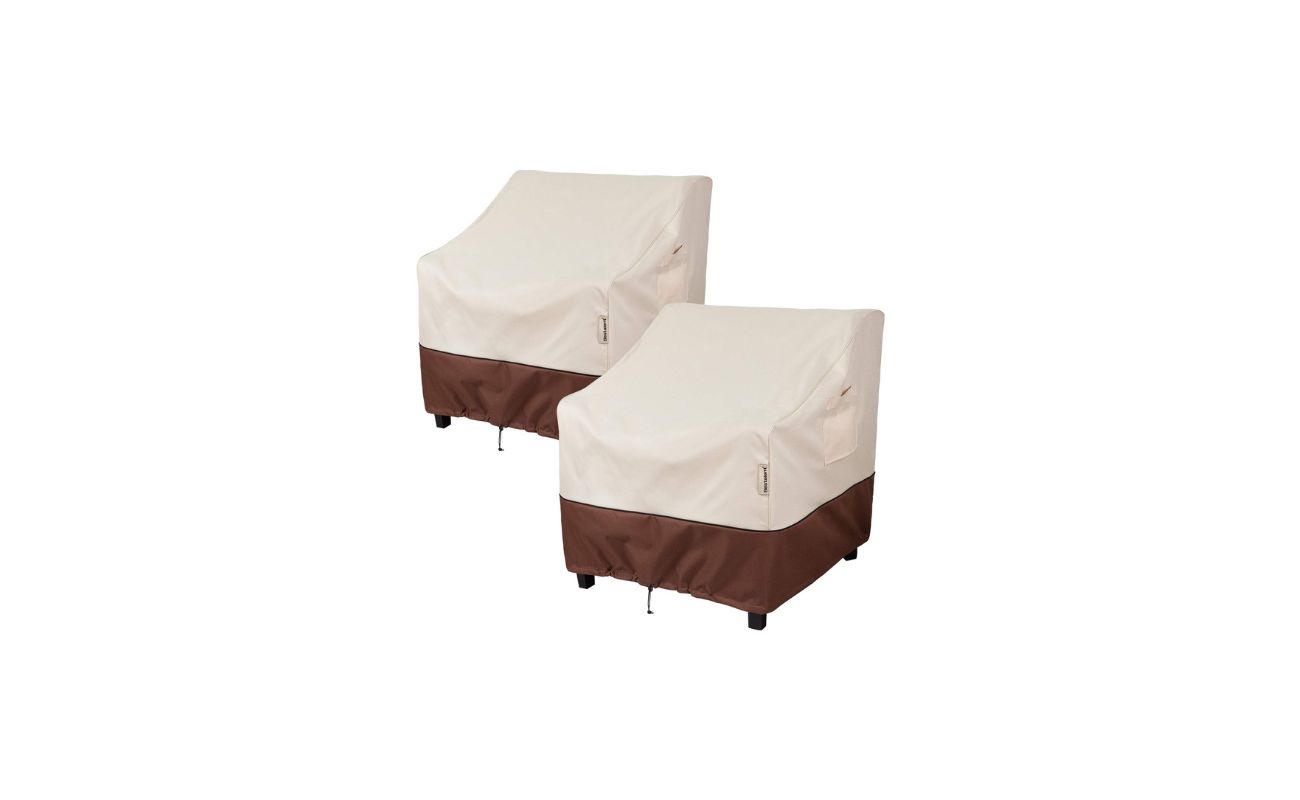
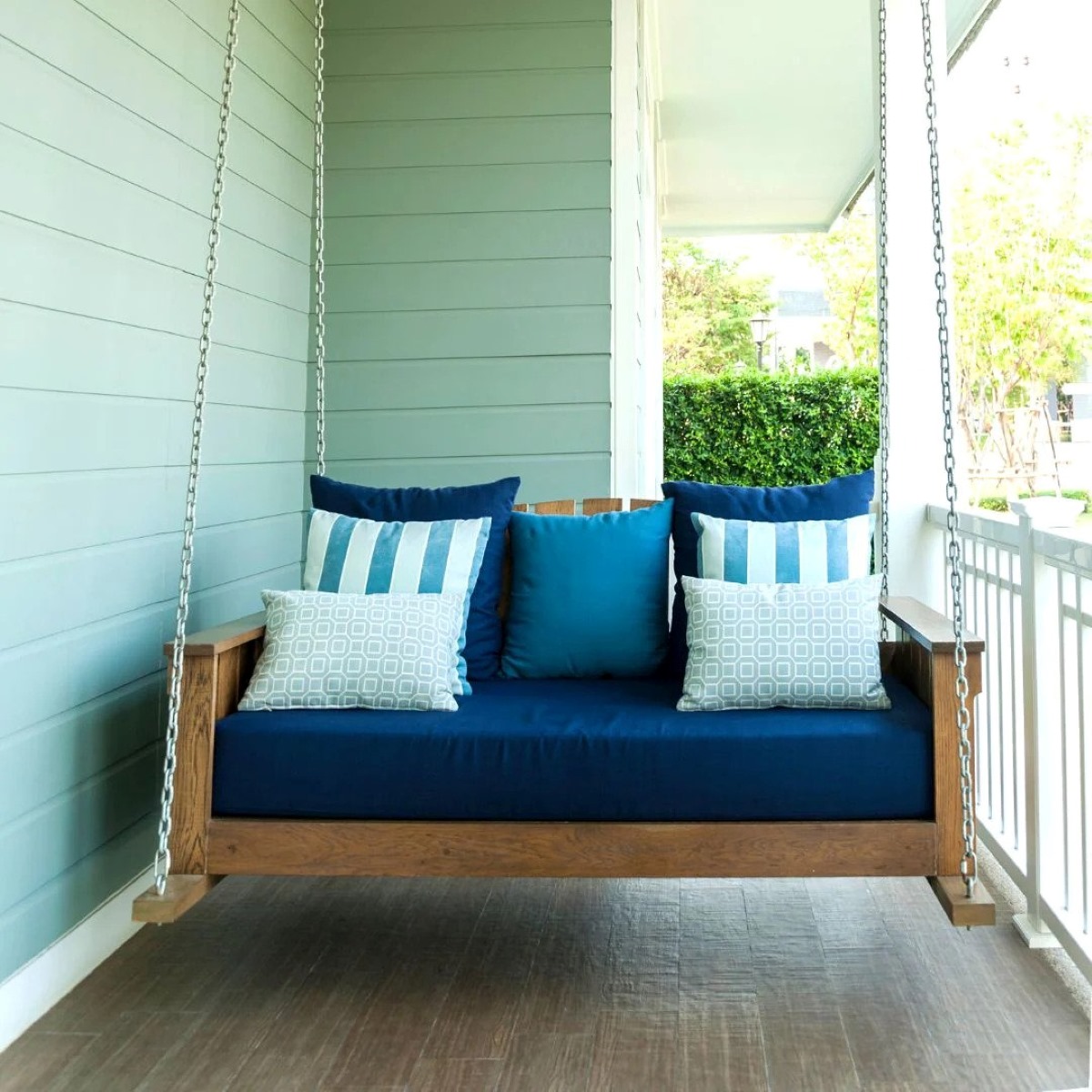
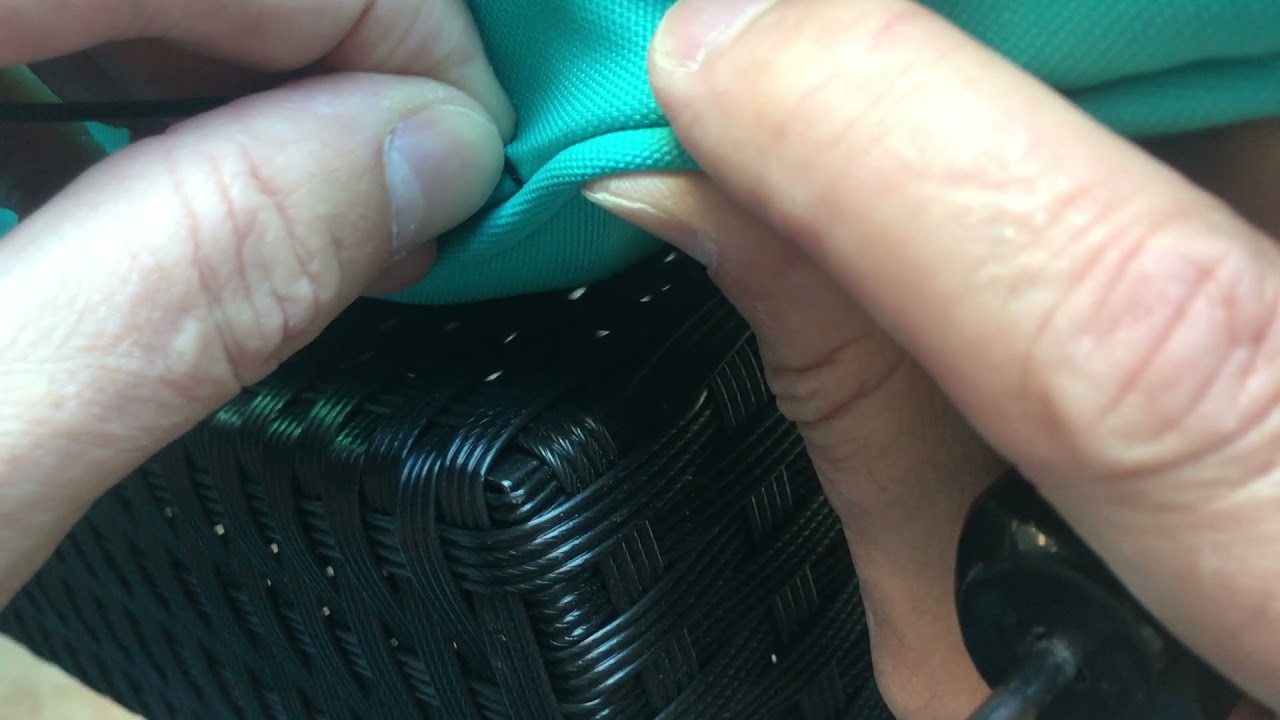
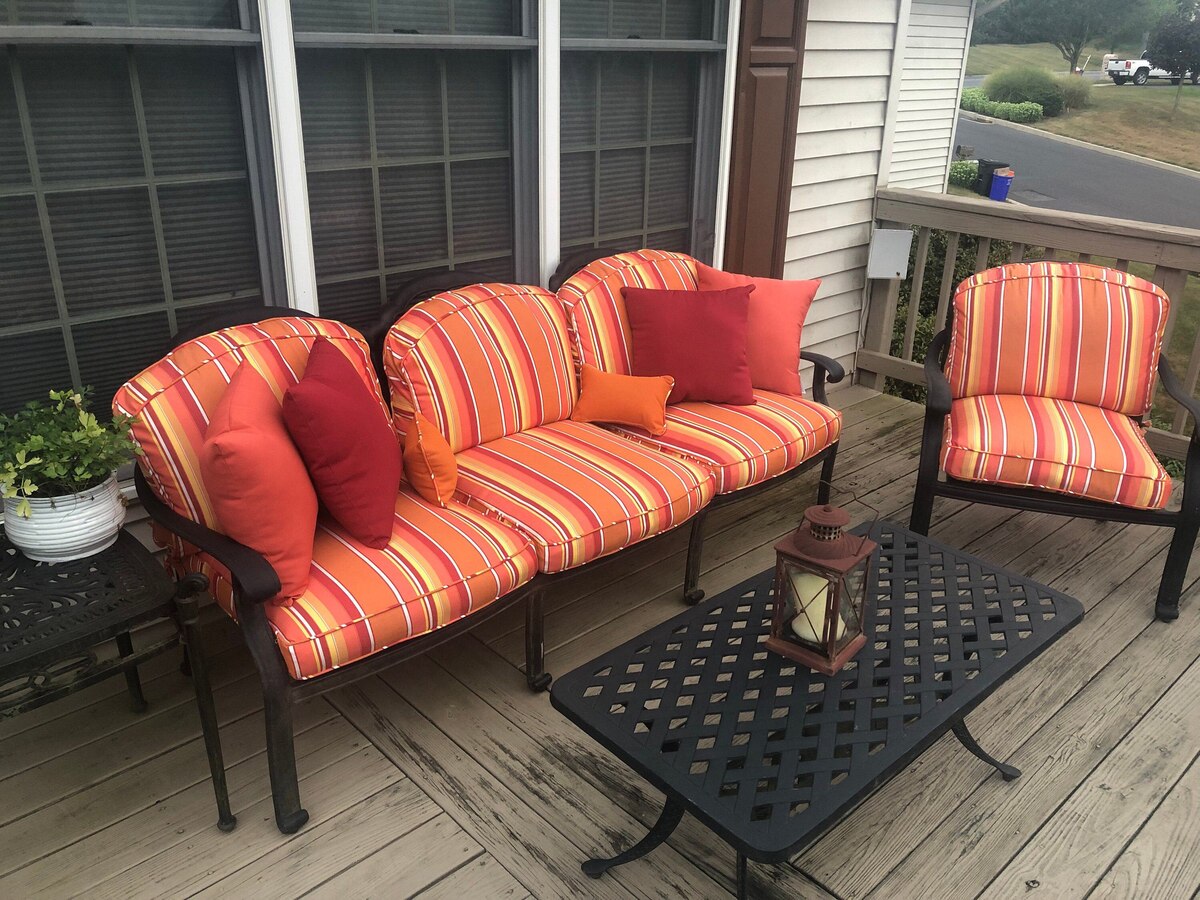

0 thoughts on “How To Protect Outdoor Furniture Cushions”